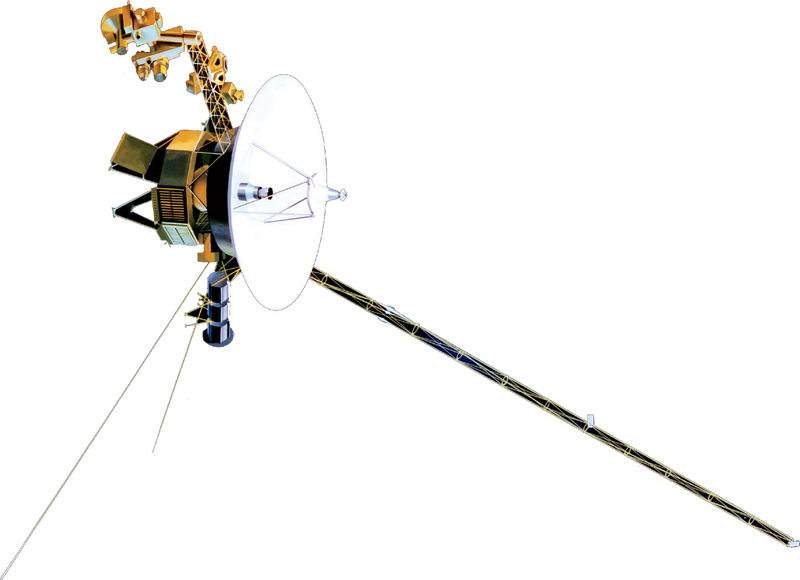PicturingthePoles
BeyondtheasteroidsliesJupiter.Jupiteristhelargestplanetinthesolarsystem.TheNASAspacecraftJunoisorbiting Jupiter.
Jupiterspinsfasterthananyotherplanetinthesolarsystem.Thisspincreatesbeltsofgasthatrunfromeasttowest.Thenorthandsouthpoleshavenogasbelts.Theyhavelarge,swirling storms.

ThisdrawingshowshowJunolooksasitorbits Jupiter.
FartherandFurther
In2006,NASAlaunchedaspacecraftnamedNewHorizonsfromJupiter.Nineyearslater,itflewpastPluto.Itshoweduspicturesofhugemountains.Theyweremadeofwater-ice.Plutoissocoldthatthismaterialisashardas rock.
Howwerethemountainsformed?Scientistswanttolearnmoreabout them.
NewHorizonsisstillgoing.Itflewpastthefarthestobjectevervisited,Arrokoth.Arrokothismadeoftwoobjectsstucktogether.Itlookslikeasnowmanin space!
ThisdrawingisbasedonimagestakenbyNewHorizons.Itshows Arrokoth.


Voyagernowexploresinterstellarspace,asshowninthis drawing.
Arrokothisfar,faraway.Butsomespacecrafthavetraveledevenfarther.Voyager1andVoyager2werelaunchedbyNASAin1977.Voyager1’smissionwastoflybyJupiterandSaturn.Voyager2flewbyJupiter,Saturn,Uranus,and Neptune.
BothspacecraftarestillsendingdatabacktoEarth.Theyarenowexploringinterstellarspace.That’stheregionbetweenstars.Thisisthefirsttimespacecrafthavetraveledthis far.
Whydoweexplorethesolarsystem?Becausewearepartofit.Wewanttoknowmoreabouttheplacewherewelive.Eachmissionteachesus more.
